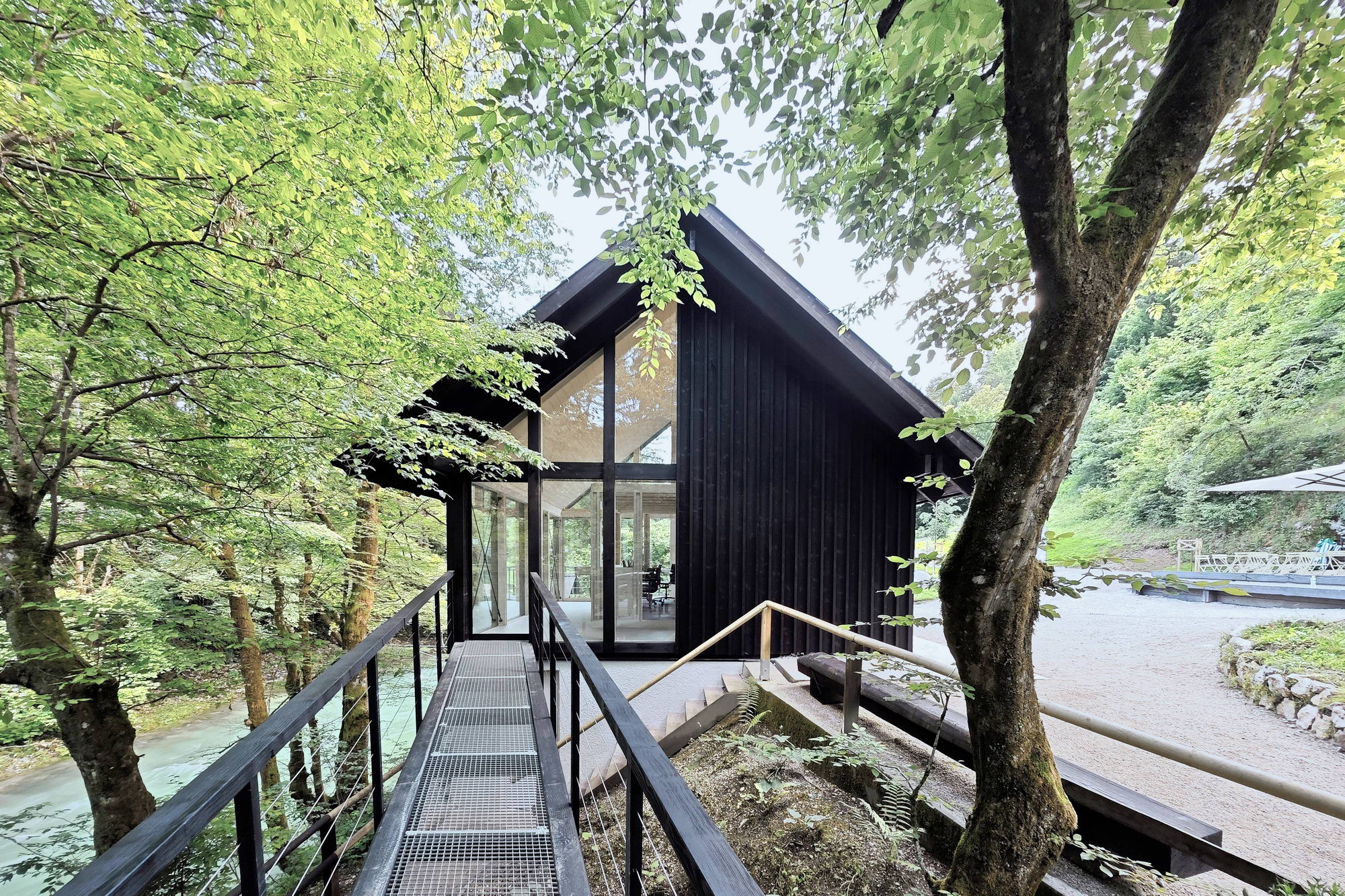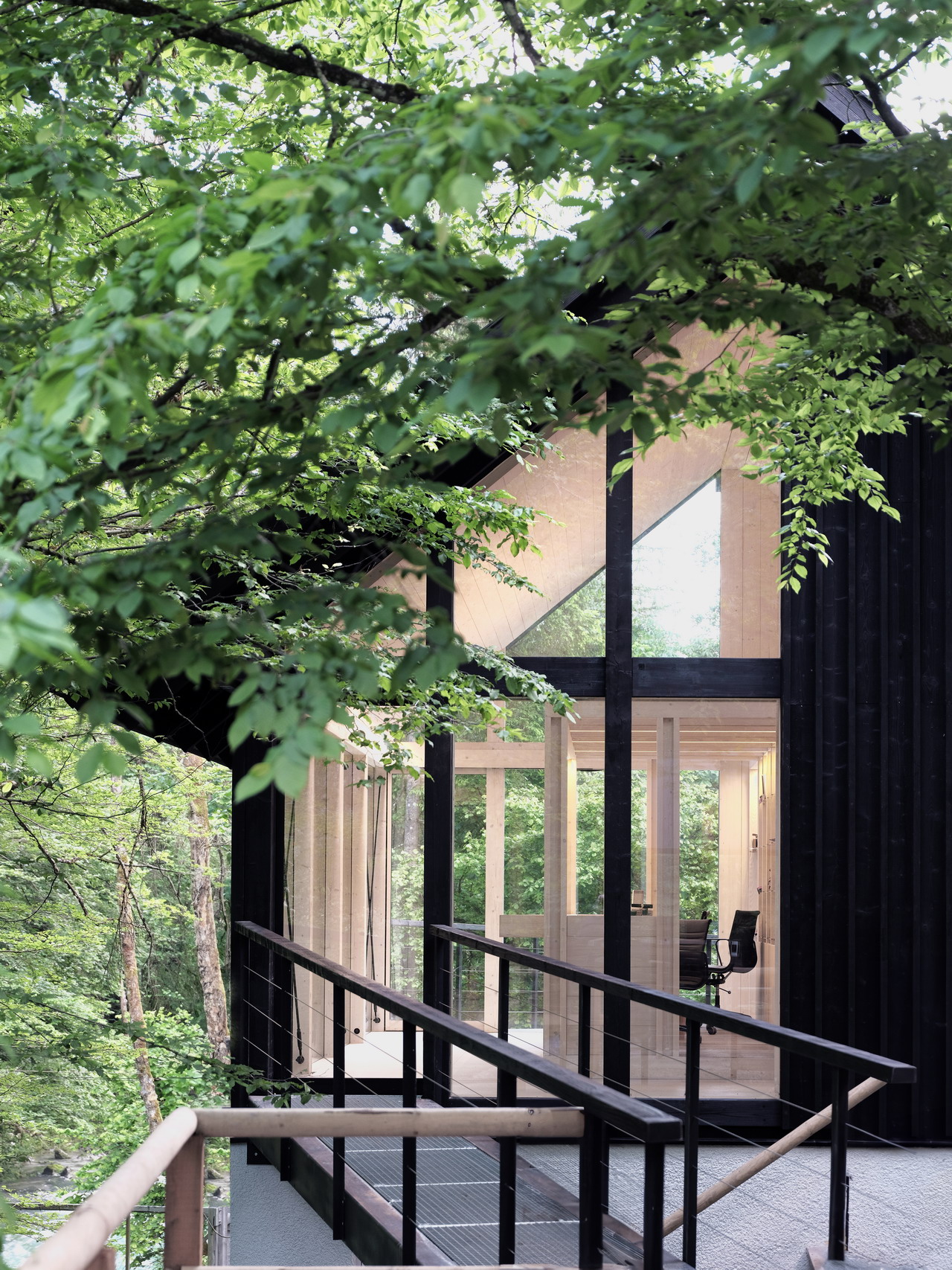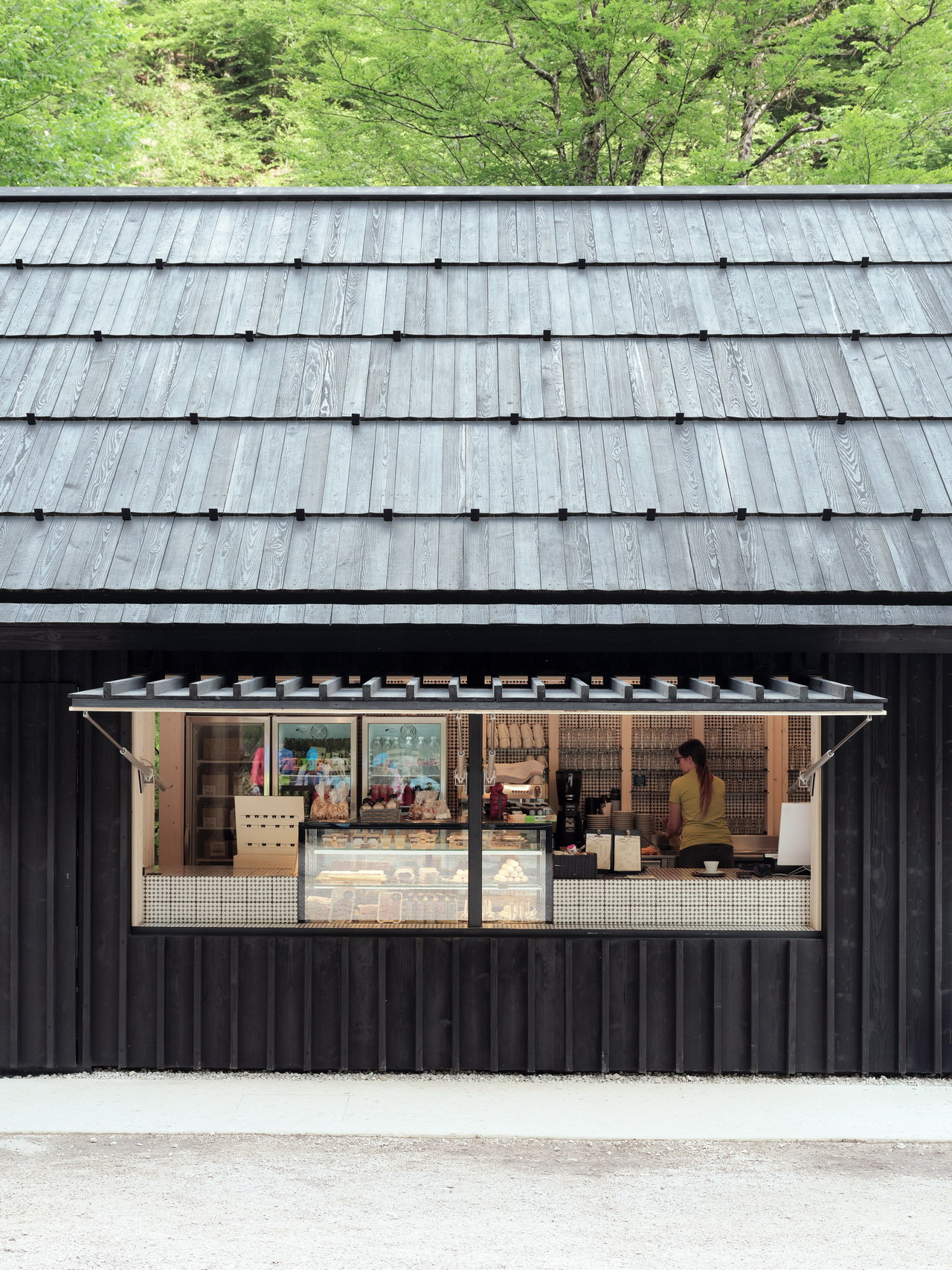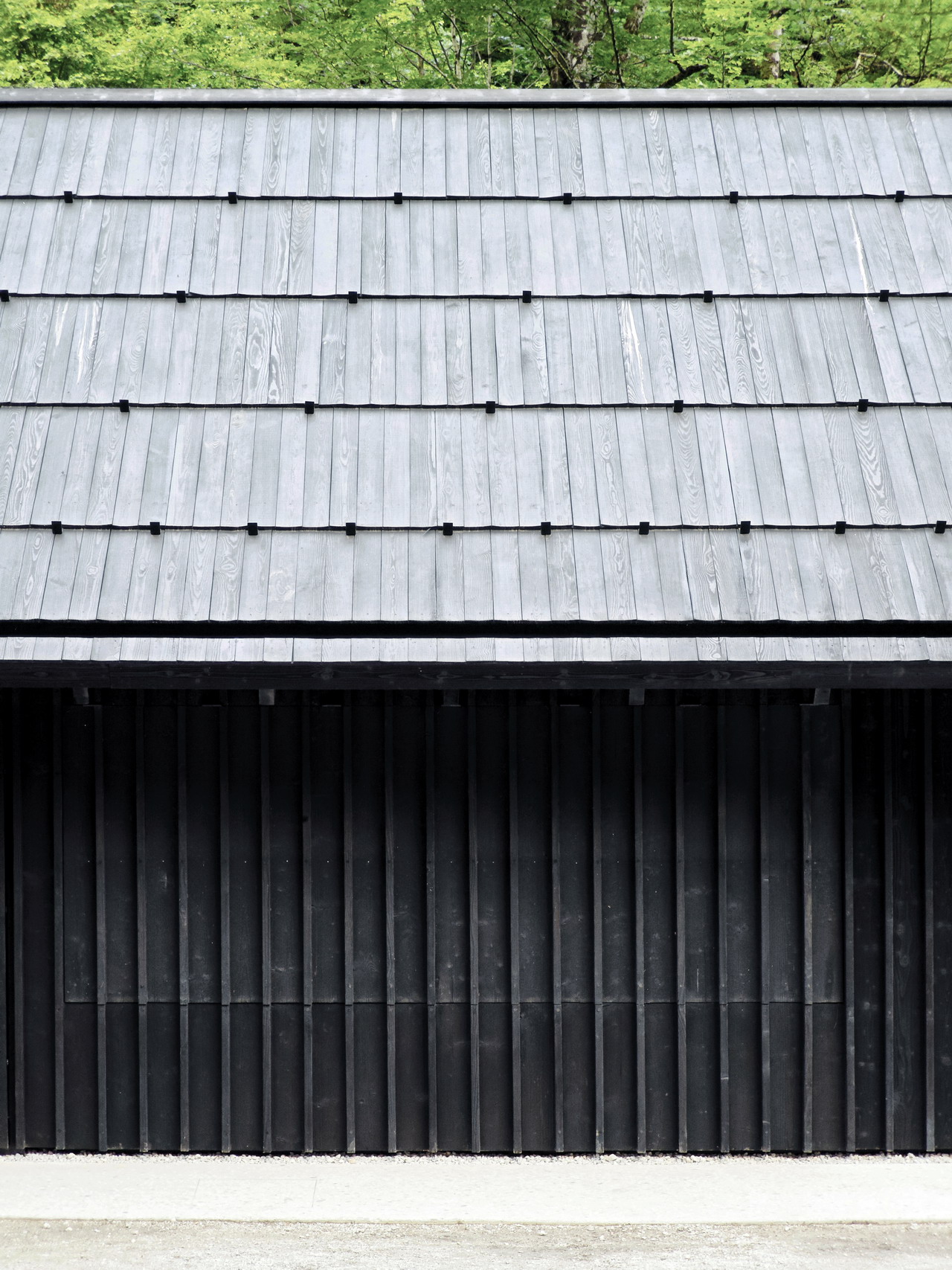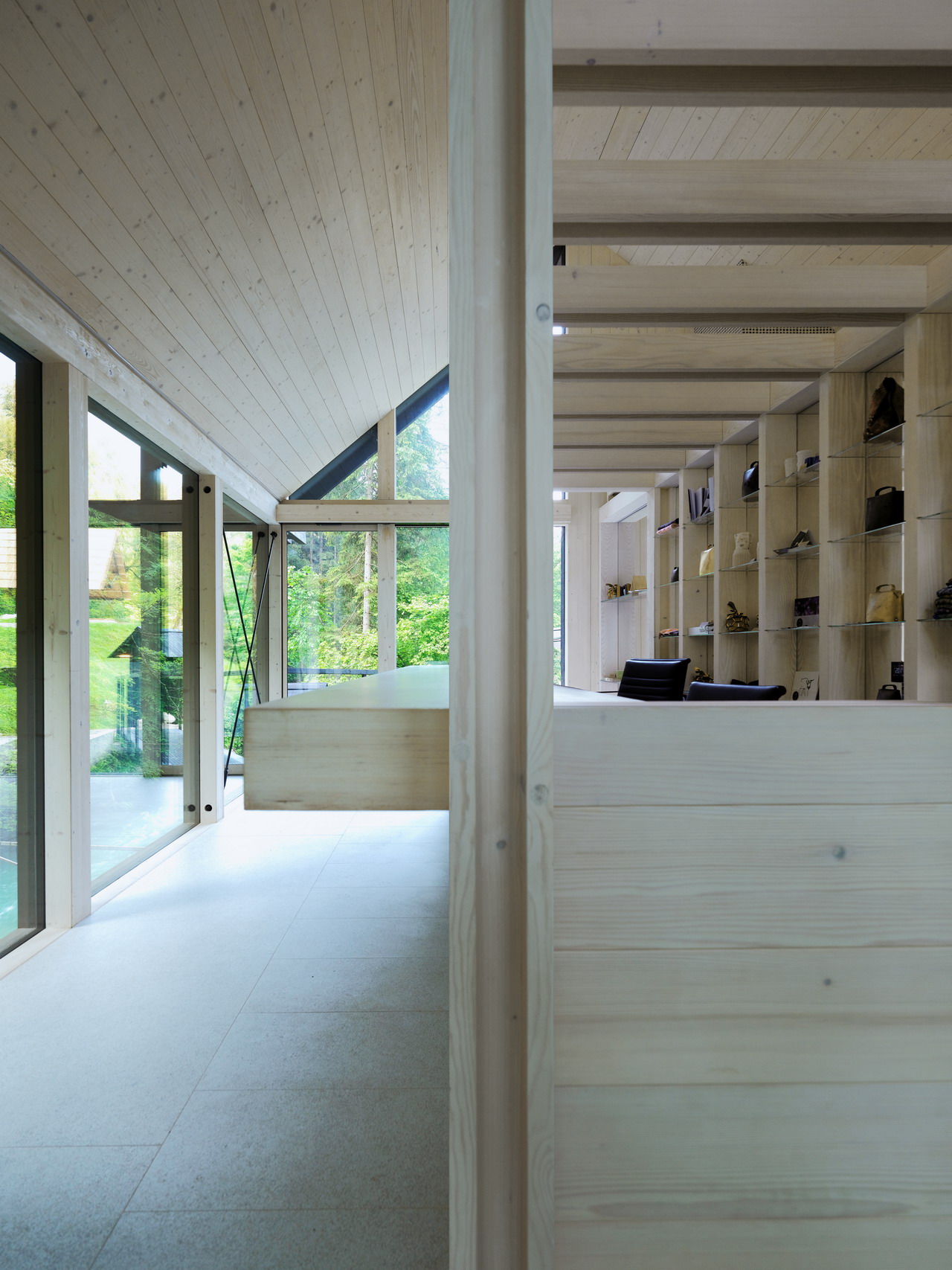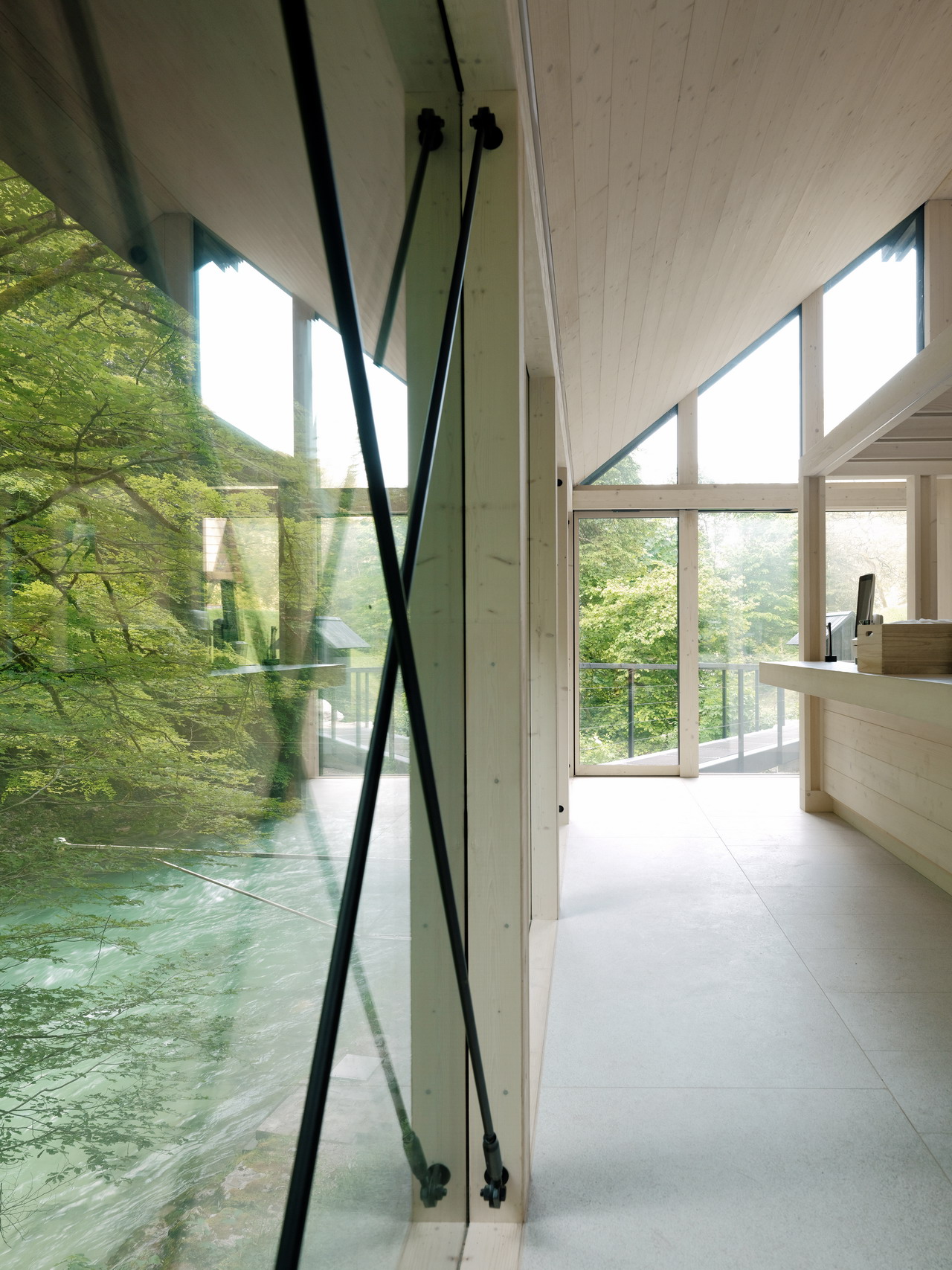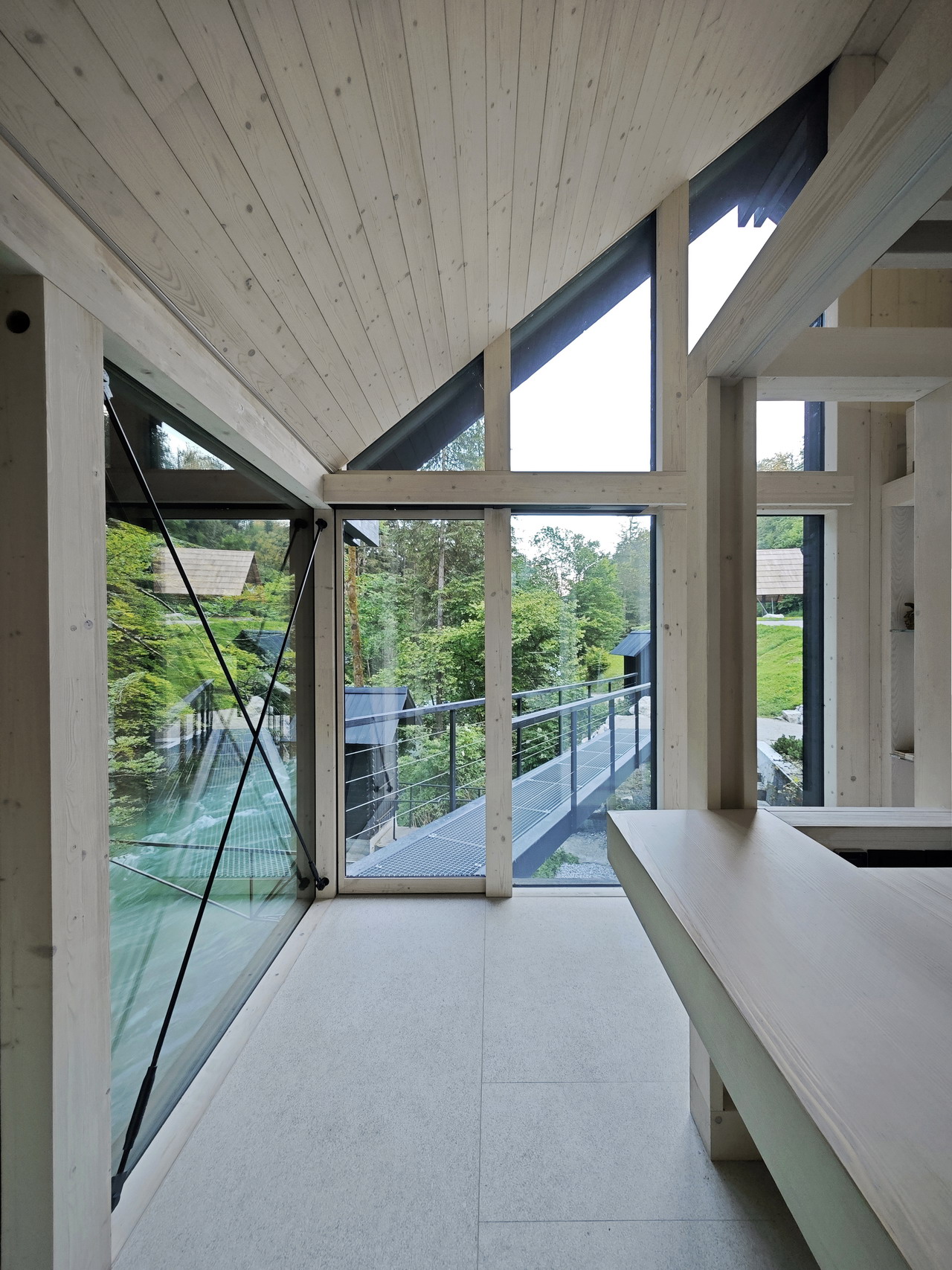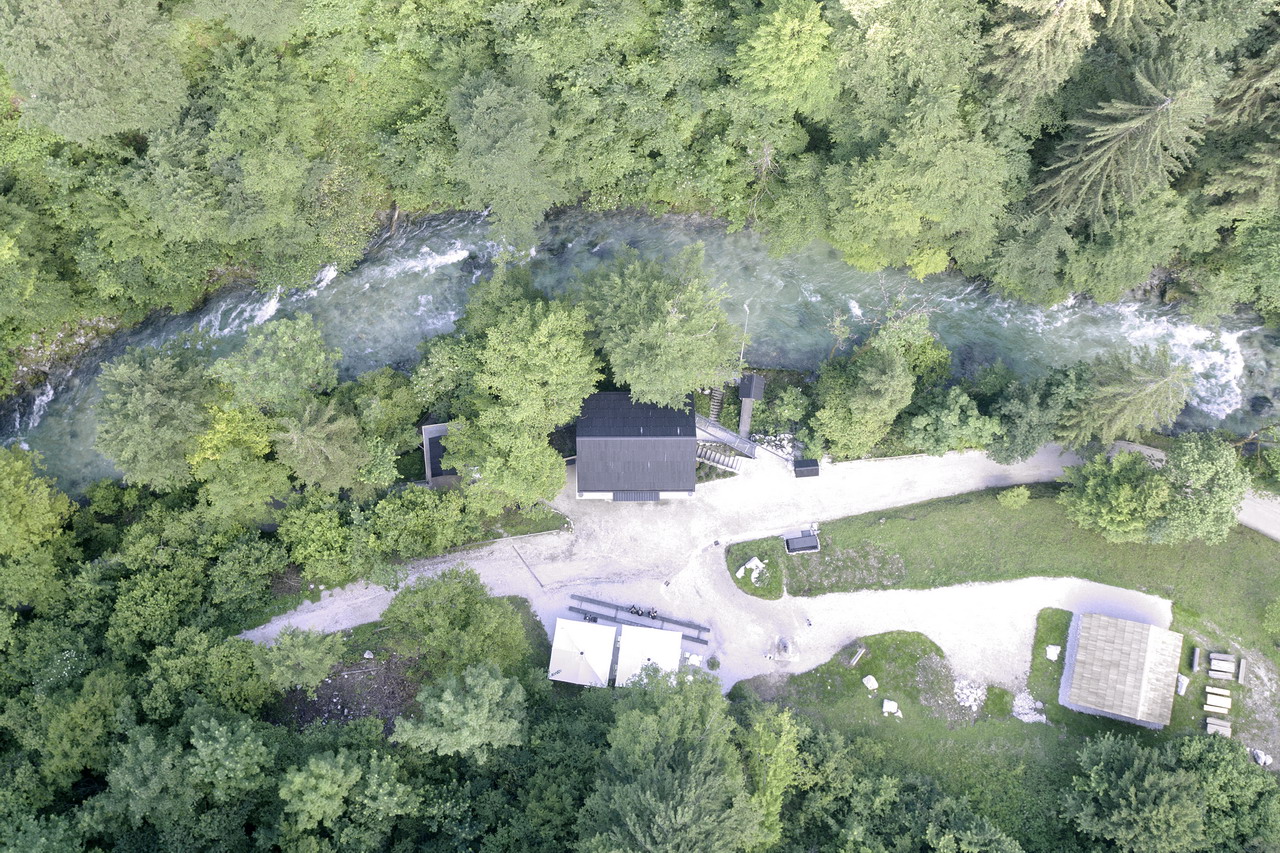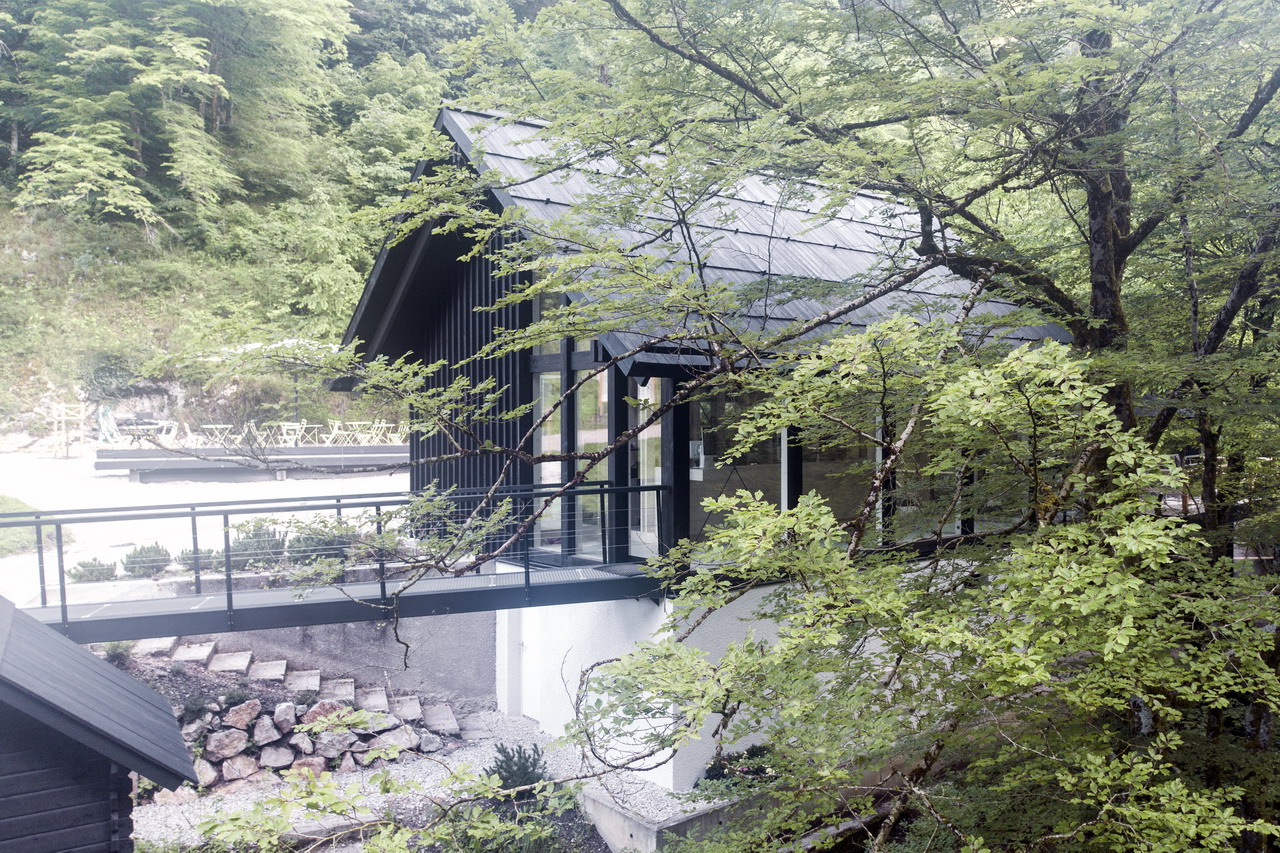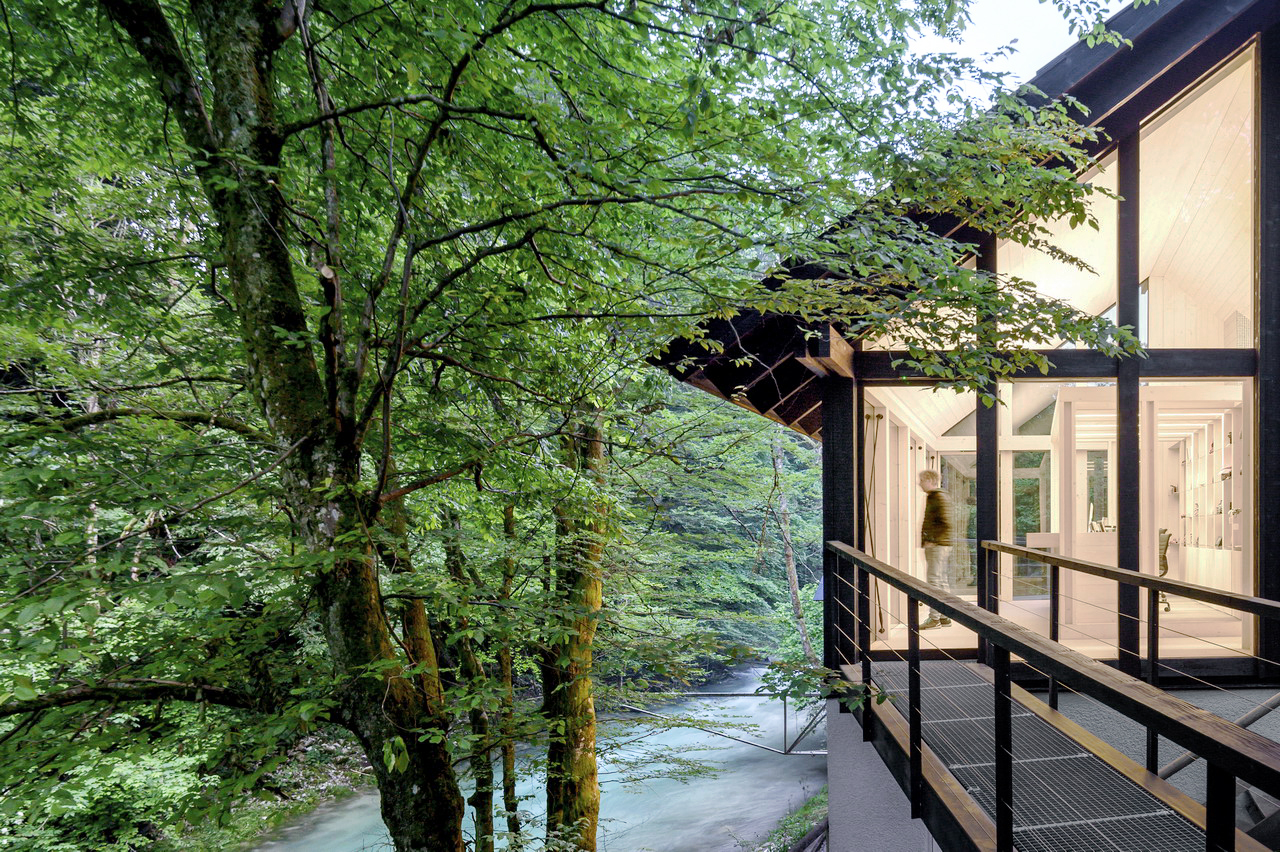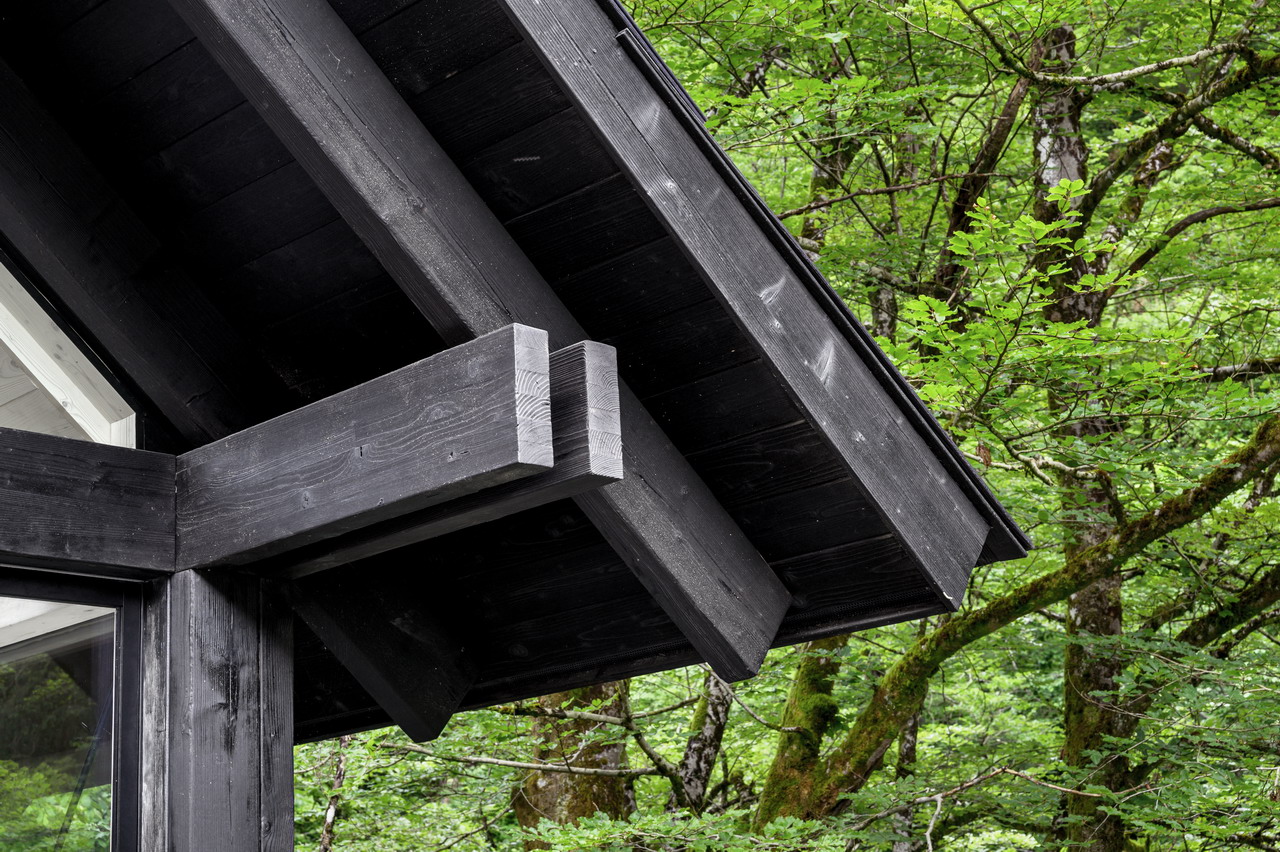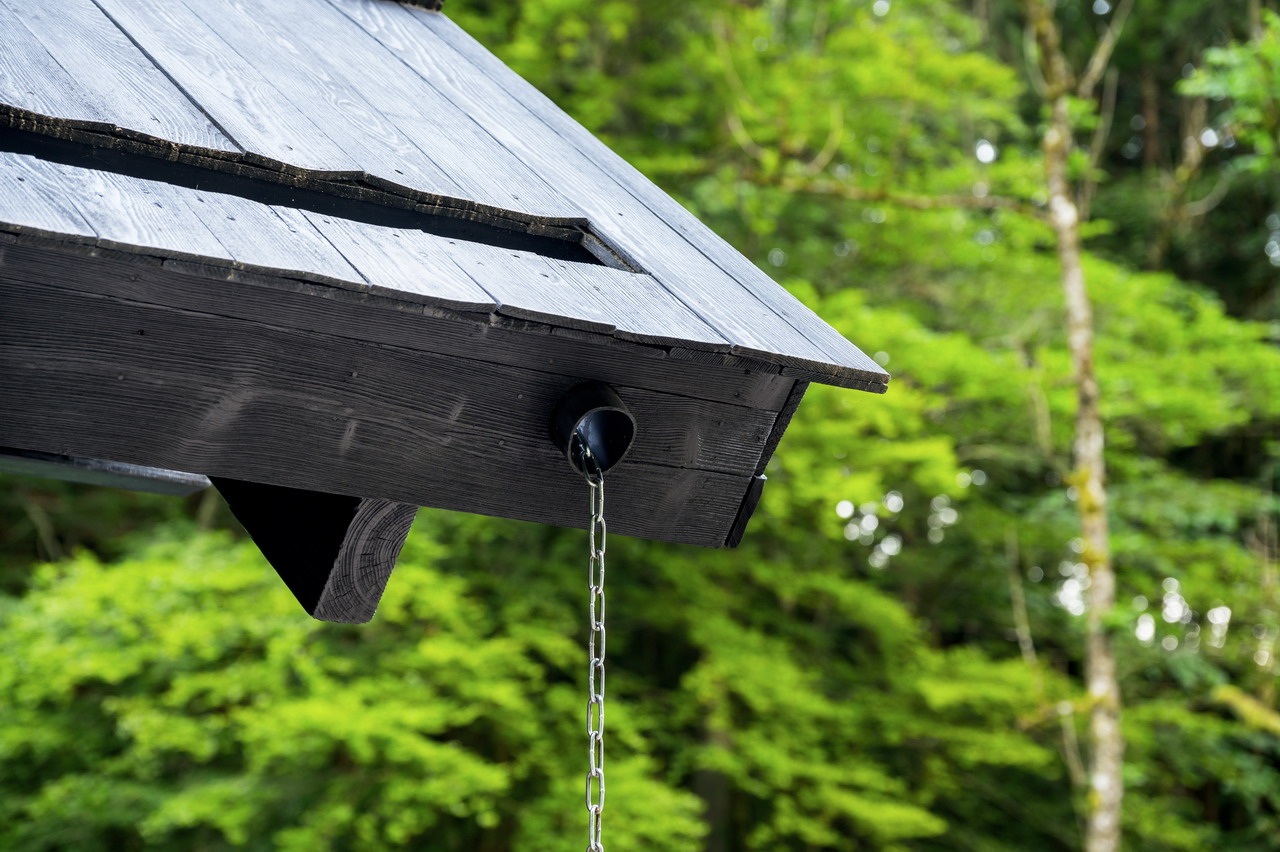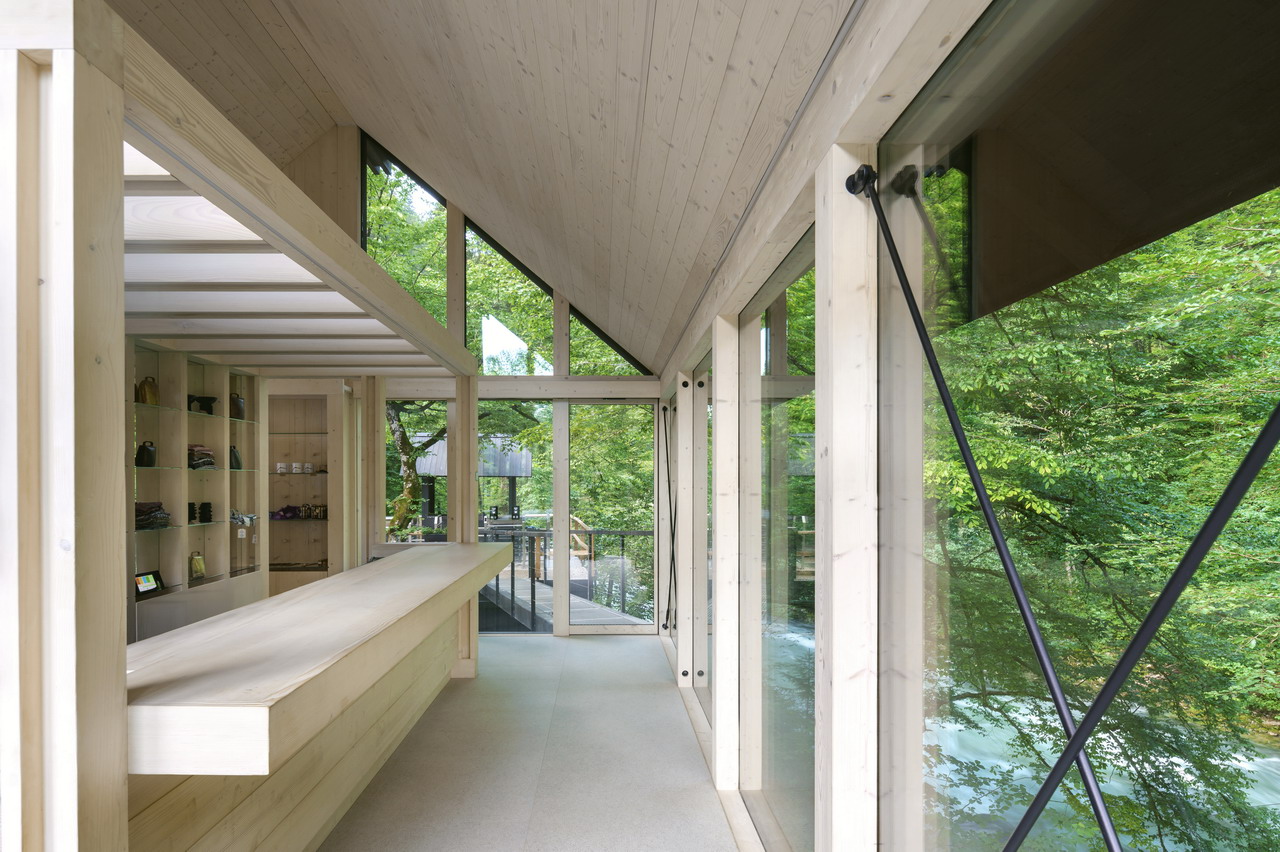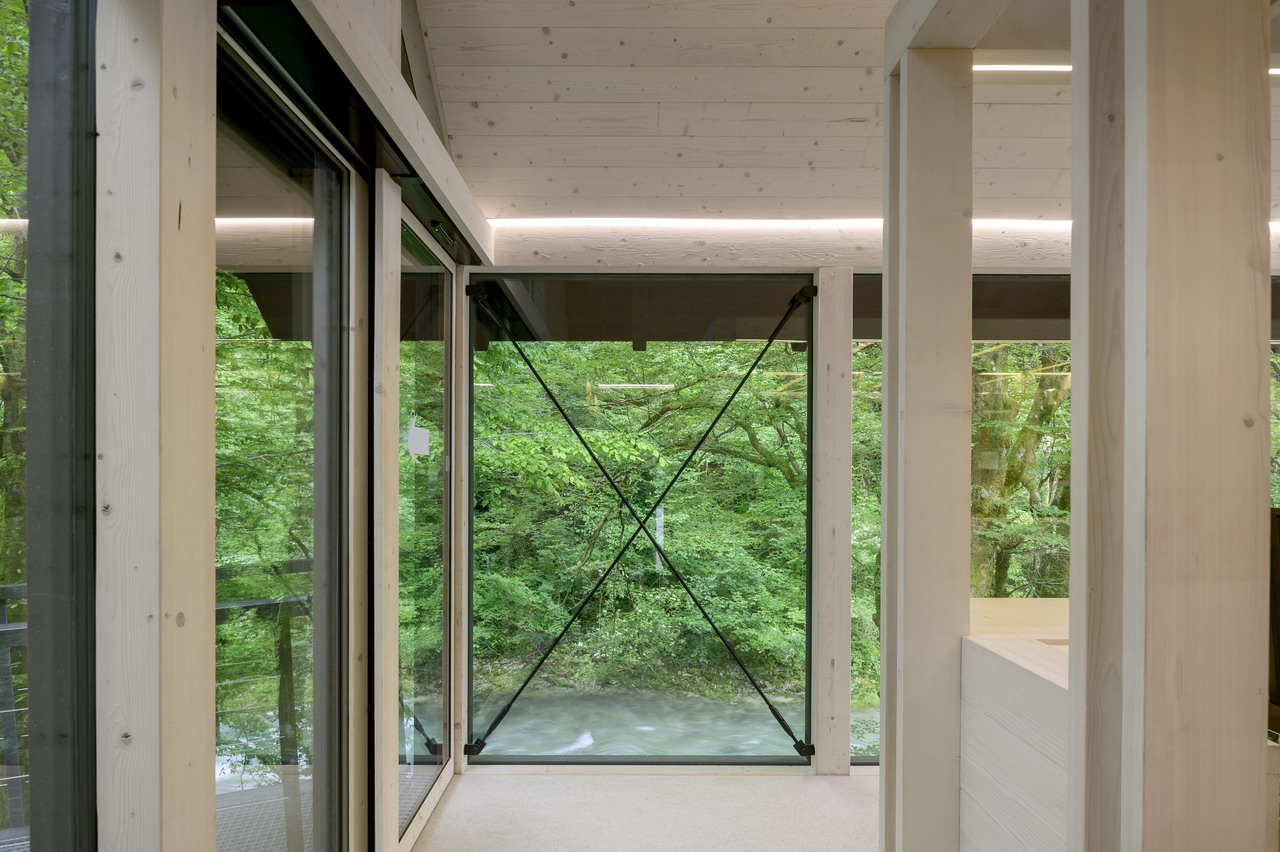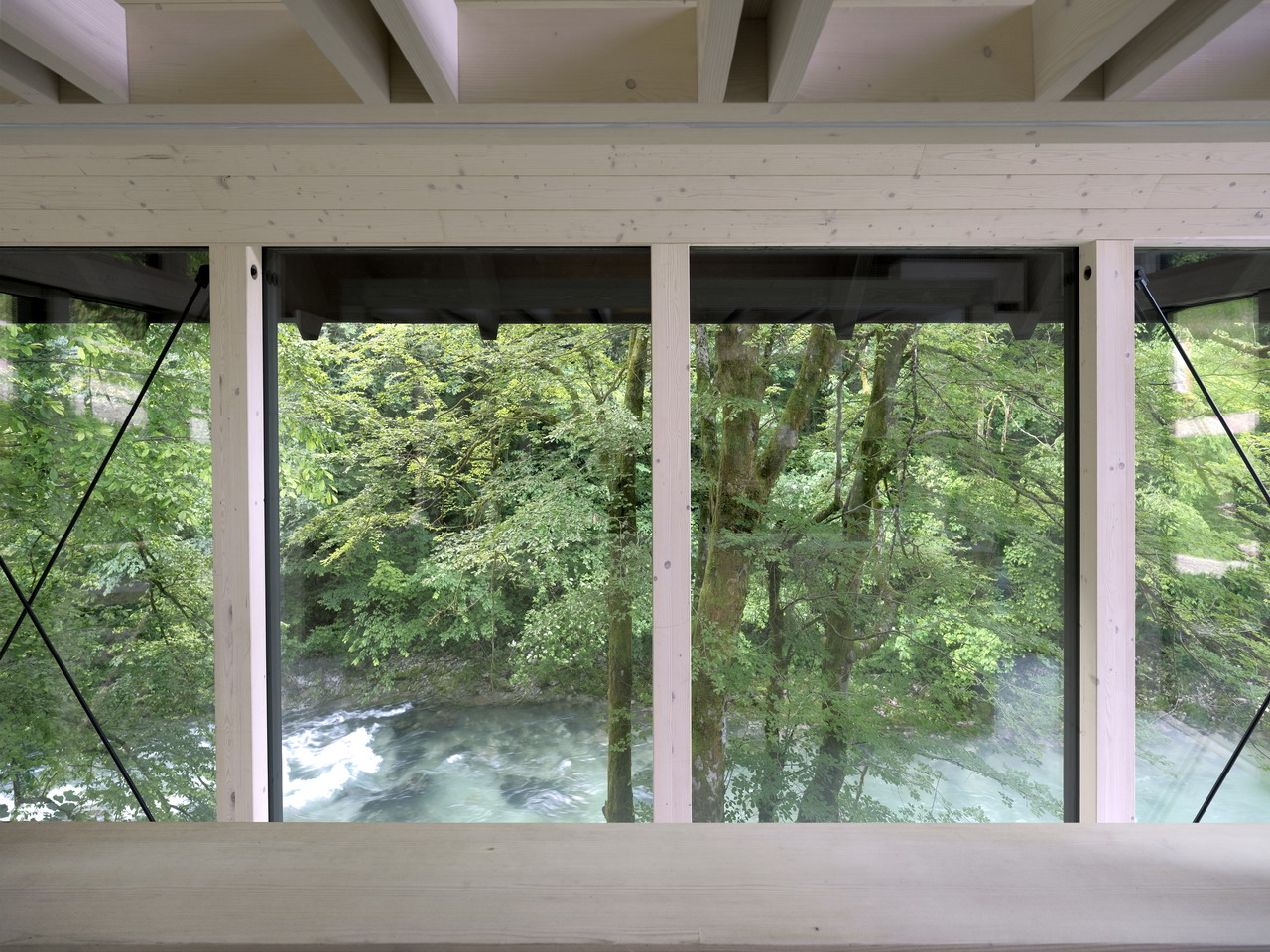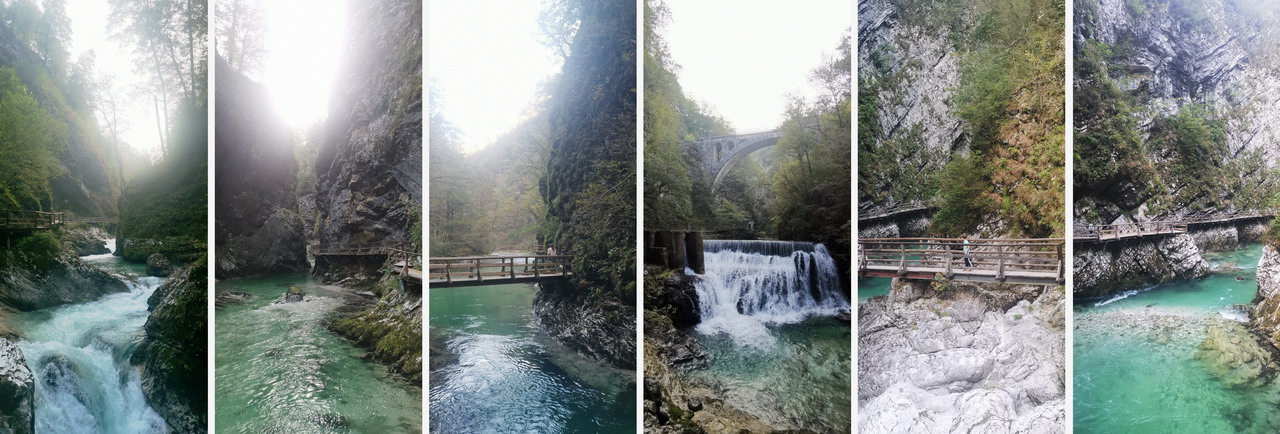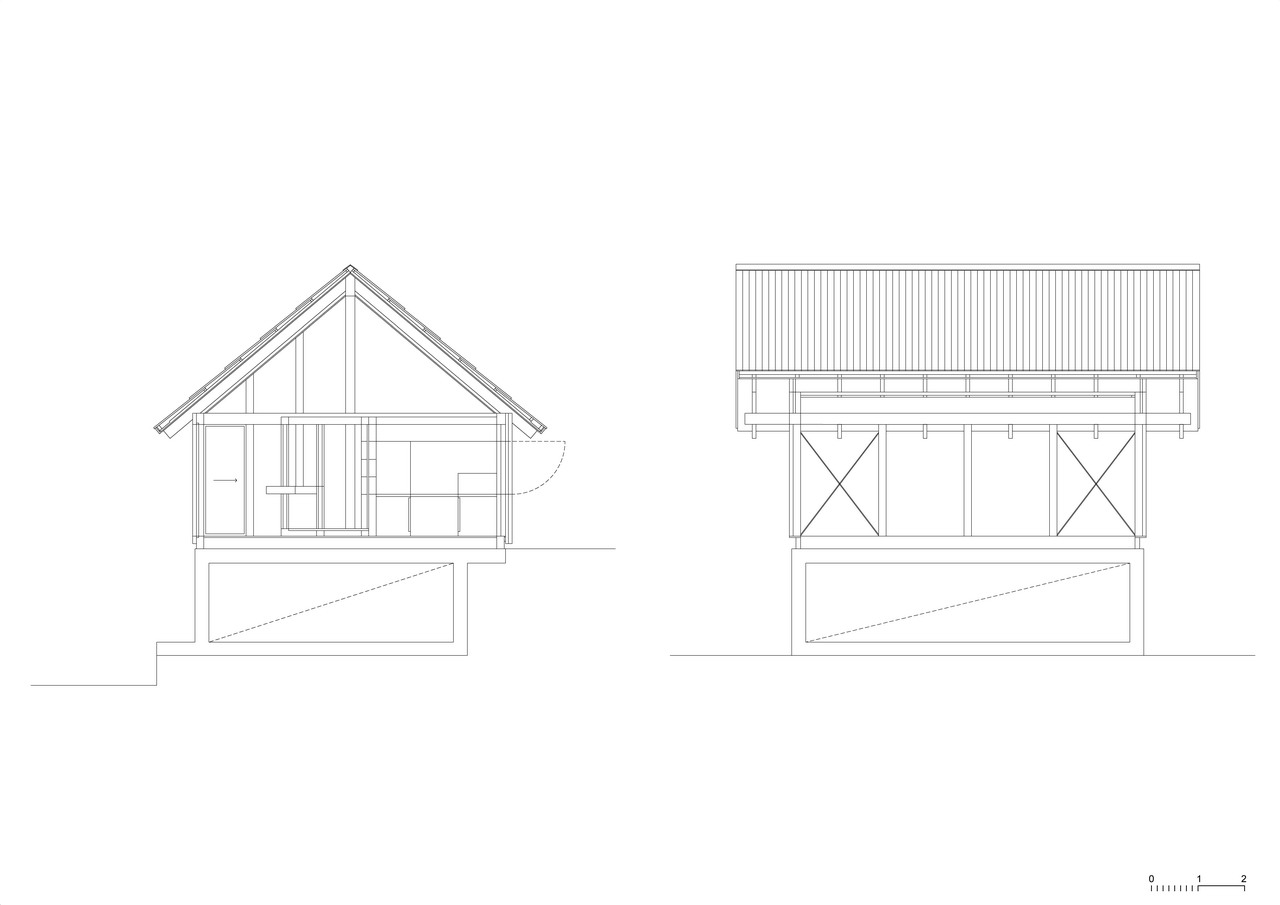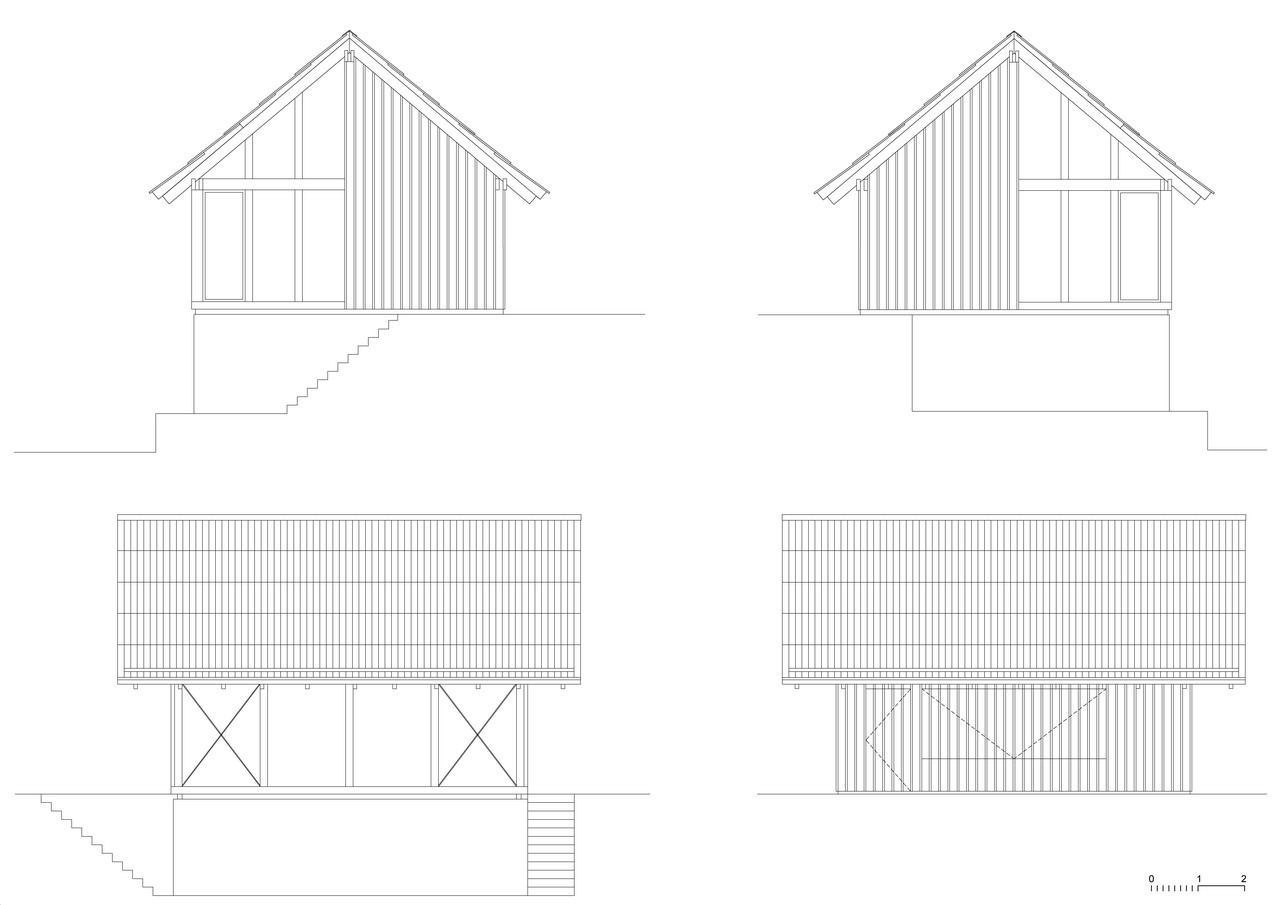VINTGAR GORGE
The legendary Vintgar Gorge was carved and shaped by glaciers. Unexplored and inaccessible until 1891. At that time, there was extremely little precipitation in the winter, so the water level of the Radovna River dropped markedly and after a long time it became possible to enter the wild Vintgar. The first to venture into it were local resident and mayor of Gorje Municipality Jakob Žumer and photographer and cartographer Benedikt Lergetporer. Fascinated by its beauty, they spread word about the Vintgar Gorge to the world, and so began the more than 130-year-old story of one of the world's most beautiful gorges. With the desire to enable passage through the gorge, the locals prepared a plan. The money for the construction was contributed by companies, hoteliers and many locals by organizing dances. The construction of paths, bridges and galleries was extremely challenging due to the precipitous walls and the raging river. But despite this, they managed to build footbridges and protected paths along the river, and it was officially opened on August 28, 1893. The Gorje Tourist Association has been managing the gorge ever since.
In recent years, with the increase in tourism, the gorge has faced an excessive number of visitors. At the height of the season, the number of visitors rose to 6,000 per day. Therefore, the Tourist Association of Gorje, as the responsible manager of the natural landmark of national importance, as the first such manager in the country, prepared a ten-year business and management plan and thereby committed itself to the sustainable management of the gorge. Already in 2019, they established a one-way visit, consciously limiting the number of visitors in the years after the COVID-19 pandemic. Last year, the state also joined in and set the maximum visitor capacity as the first natural landmark of national importance in the country: 2,290 visitors per day, but no more than 245 at the same time in the gorge. This was followed by intensive digitization on the part of the operator, the purchase of online tickets with appointment booking, the moving of parking lots away from the entrance itself, and the organization of transportation from distant parking lots with electric buses to the entrance.
Managers have carefully tackled the challenge of how to preserve the delicate ecosystem of the gorge, where we can find more than 600 plant species, various animals and an interesting geological structure, while still allowing visitors access through this beautiful natural landmark. The log cabin entrance was reconstructed in such a way that it directs visitors' access and separates them according to whether they enter as a group, with a previously purchased online ticket, or whether they have to wait to enter due to the occupancy limit.
In light of all these changes, the log cabin from 1986, located in the area of the Triglav National Park with the third level of protection, was replaced by an entrance building that preserves the original dimensions and traditional qualities and upgrades them with a modern, refined and clear design. Half of the facade membrane is solid, and half is transparent. The entrance for visitors leads through the glazed part, in this part the interior is completely connected with nature, the view opens up to the Radovna river and thus contributes to a magnificent welcome to the Vintgar Gorge.
The renovation approach was based on the principle that everything that was of high quality and vital was preserved. The new wooden façade membrane embraces the preserved vital parts of the old structure, the lower, brick plinth is also completely preserved.
All new materials and elements are based on modern ecological guidelines for natural wood processing. For the external walls a technology of wooden panels without the use of glue was implemented. All the wood used is exclusively Slovenian, the base is spruce with beech dowels, the system is free of glues or other chemical agents. The triple-glazed windows have spruce wooden frames.
External wooden cladding - both the facade and the shingles on the roof are carbonized burned wood, which is coated with natural pine resin, i.e. with a natural high water-repellent treatment. It is an old wood protection technology that was already used in construction in ancient Persia, and in shipbuilding once by the Vikings. Even the 2,000-year-old wooden boat that was recently found in the Ljubljana marsh was coated with pine resin. Centuries ago, the technology of burning wood and pine resin was used in the Alpine world, as well as in Japan, Scandinavia, the Baltic countries and the USA. In all these countries, with the return to ecological and natural protection of wood, this technology began to be widely used again. Wood fungus or mold cannot develop on such wood, and it is also not attractive to termites and insects. If the pine resin is regenerated, it will remain dark, almost black, otherwise it will slowly lighten to brown and gray colors.
As a contrast to the dark facade, the interior reflects warmth, with the use of Slovenian larch in its natural color, treated with oil. The design derives from the tradition of local alpine hayloft construction, the display shelves and the sales counter rest on wide accentuated verticals - columns.
The surroundings of the building are designed to be natural, with minimal interventions in the existing environment. Special attention is given to minimizing the negative impact of the number of visitors on the sensitive natural environment
Project team Rok Oman Špela Videčnik Amadej Mravlak Andrej Gregorič Janez Martinčič Technical team Ekoart Mizarstvo Ovsenik Gradbeništvo Franc Novak photo@Tomaž Gregorič, Miran Kambič, Janez Martinčič
